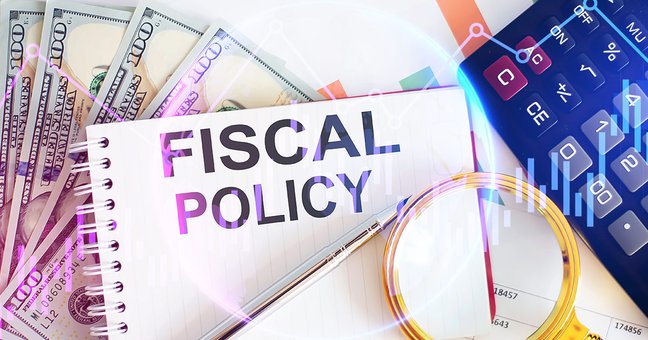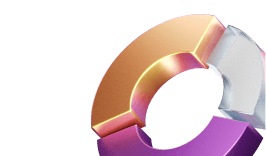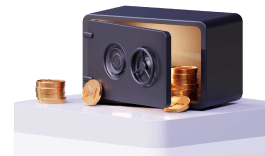What Is Fiscal Policy and How to Define It?
To explain fiscal policy, we need to think of a financial infrastructure that was implemented to let the economy stay on the flow. In other words, fiscal policy is the governmental process of helping the economy keep running smoothly. Most of you are already well aware of taxes as one of the major components (we all pay them), to define fiscal policy we should also consider some other factors within actually any legislative move made by the government to give the economy a boost.

In this article, you will find out what is fiscal policy and how it can be implemented by the government. We will also discuss some of its core components as well as ways it differs from monetary policy.
How to Explain Fiscal Policy?
Fiscal policy at its core is the legislative process or actions taken by the government to regulate or drive the economy. The main mission is to achieve rapid growth and scalability through a set of conventional tools that generally include taxation and sending. The idea of fiscal policy was introduced by the British economist John Maynard Keynes as a concept that affects various macroeconomic factors including growth, performance inflation, supply and demand, employment rate, and other crucial points.
The main idea of fiscal policy is not just to improve the economy but to prevent it from operating under extreme conditions (for example, recession or uncontrolled growth). It is the policy of economic optimization and stabilization. It helps to keep business cycles under control and regulate the financial market as well.
up to 200%

from 0 pips

Trading platform

Fiscal Policy Implementation
Government has two baseline instruments that help it to achieve primary fiscal policy goals. They are as follows:
- Taxes. They include tax revenues on business owners and individuals. It is the first and foremost way for the government to forward different financial assets to those fields where they are needed most of all.
- Government spending. When taxes are collected, the funds can be spent on different needs including defense, employment, subsidies, public healthcare, infrastructure, labor, etc.
The more the government spends the higher chances of pouring more cash back into the country’s economy. As a result, it increased the demand for specific goods produced by private sectors and service providers.
The Difference between Monetary and Fiscal Policy
To run the economy properly, the government generally has two major instruments. They include fiscal and monetary policies. Although they might seem similar at first sight, they have some crucial differences:
- The fiscal policy relies on taxes and government spending as the major instrument of economic regulation.
- The monetary policy relies on buying back the government debt using the nation’s money supplies with the assistance of central banks (for example, the Federal Reserve).
Although they utilize different tools, both policies follow the one and only goal of improving the economic situation and keep it running like a well-oiled machine.
This material does not contain and should not be construed as containing investment advice, investment recommendations, an offer of or solicitation for any transactions in financial instruments. Before making any investment decisions, you should seek advice from independent financial advisors to ensure you understand the risks.
